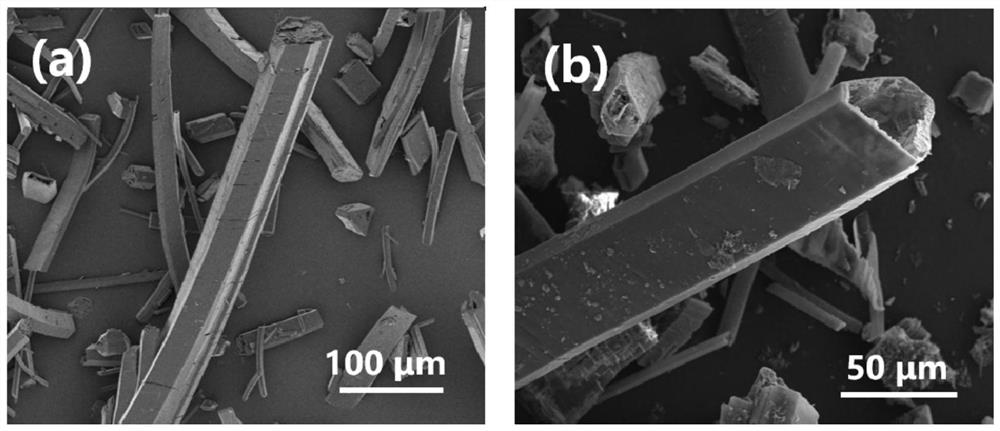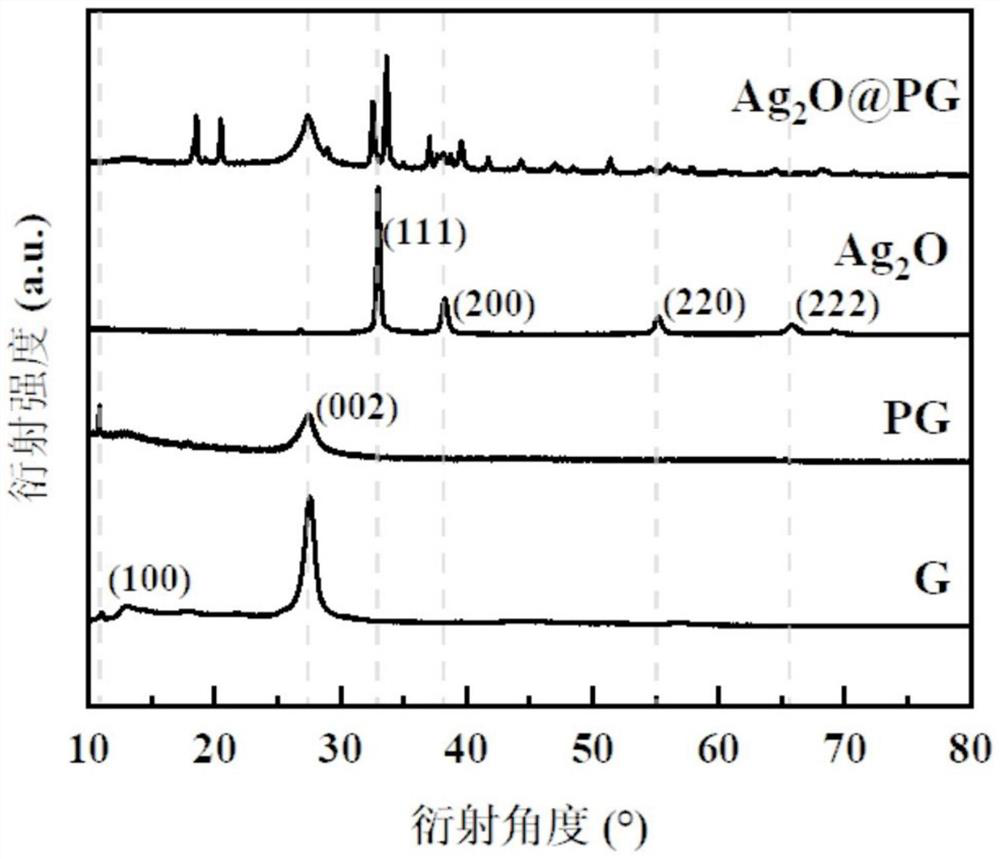Method for treating harmful algae through photocatalysis
A technology of photocatalysis and algae, applied in chemical instruments and methods, light water/sewage treatment, chemical/physical processes, etc., can solve problems such as large amount of catalyst used, in-situ treatment of unfavorable algae blooms, small specific surface area, etc. To achieve the effect of improving photocatalytic effect, improving photocatalytic performance and increasing specific surface area
- Summary
- Abstract
- Description
- Claims
- Application Information
AI Technical Summary
Problems solved by technology
Method used
Image
Examples
Embodiment 1
[0041] A method for photocatalytic treatment of harmful algae, specifically using a silver oxide / phosphorus-doped carbon nitride microtube composite photocatalyst as a catalyst for photocatalytic treatment of harmful algae (Microcystis aeruginosa) in a water body, comprising the following steps:
[0042] Weigh the silver oxide / phosphorus-doped carbon nitride microtube composite photocatalyst (Ag 2 O@PG), silver oxide / phosphorus-doped carbon nitride microtube composite photocatalyst (Ag 2 O@PG-0.1, Ag 2 O@PG-0.2, Ag 2 O@PG-1.0), phosphorus-doped carbon nitride microtube photocatalyst (PG), and graphitic carbon nitride (G), 10 mg each, added to 50 mL, with an initial concentration of 4.5×10 6 cells / mL of Microcystis aeruginosa algal liquid (initial pH value is 7.8), placed in a photocatalytic reaction device, using a 350W xenon lamp as a light source, and photocatalytic reaction was carried out in the visible light region (λ>420nm) for 5h, and the reaction was completed. Trea...
PUM
 Login to View More
Login to View More Abstract
Description
Claims
Application Information
 Login to View More
Login to View More - R&D Engineer
- R&D Manager
- IP Professional
- Industry Leading Data Capabilities
- Powerful AI technology
- Patent DNA Extraction
Browse by: Latest US Patents, China's latest patents, Technical Efficacy Thesaurus, Application Domain, Technology Topic, Popular Technical Reports.
© 2024 PatSnap. All rights reserved.Legal|Privacy policy|Modern Slavery Act Transparency Statement|Sitemap|About US| Contact US: help@patsnap.com










